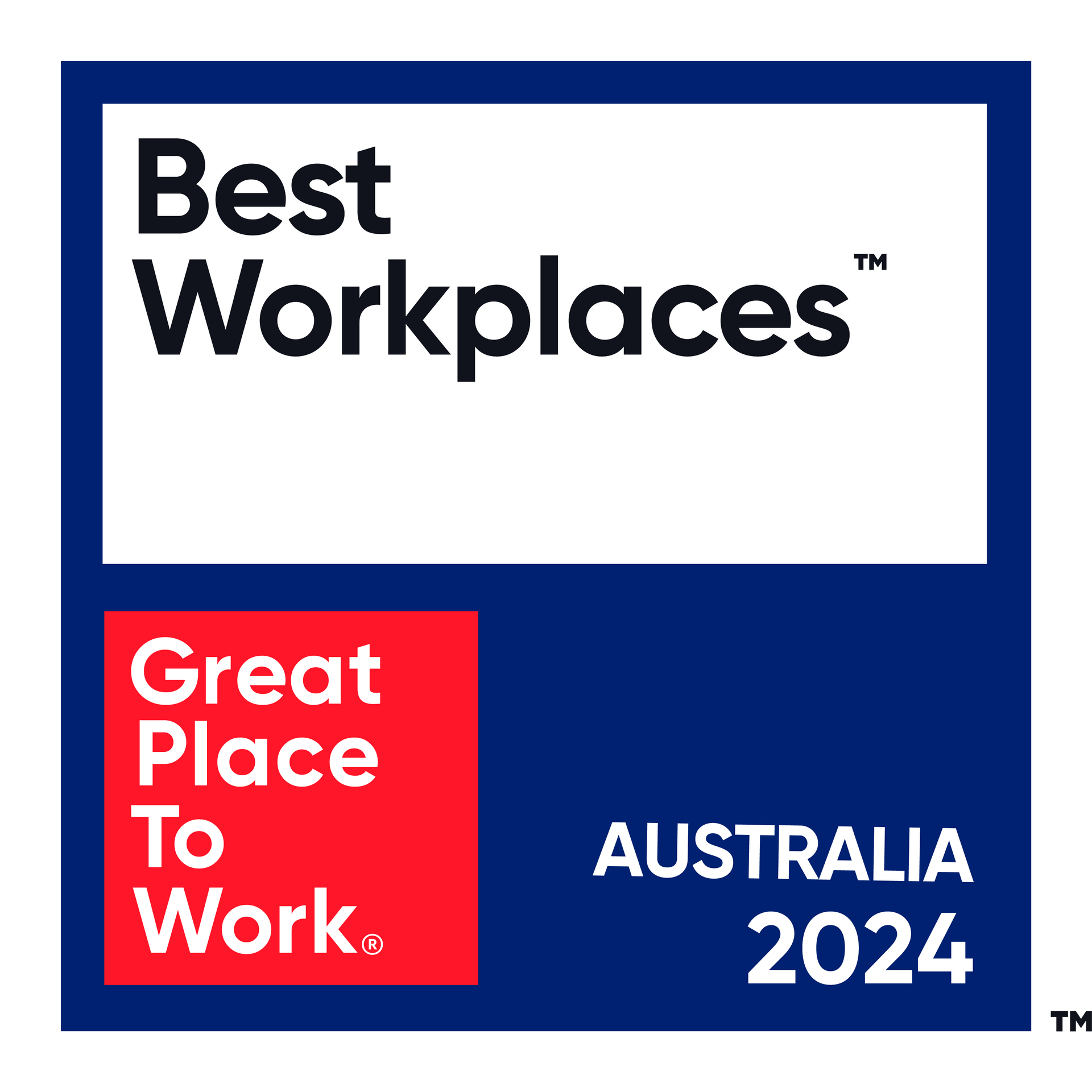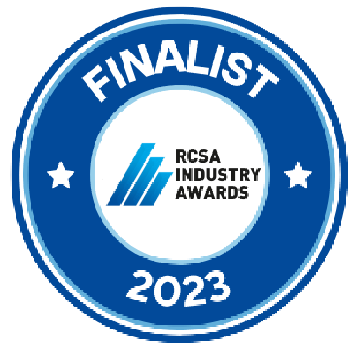Construction Site Safety: Do You Have Enough First Aiders?
With numerous potential hazards present on construction sites, prioritising the safety of workers and ensuring medical attention in case of emergencies is key. Accidents can happen instantly, and the difference between a minor injury and a life-threatening situation often lies in a first aider's swift and knowledgeable response. Therefore, having an adequate number of trained First Aiders, who address injuries and provide immediate care until professional help arrives, is essential in maintaining a safe working environment.
Given the high-risk nature of construction and the importance of the First Aiders’ role, it’s crucial to ask: do you have enough First Aiders on your construction site?
How Many First Aiders Are Required On-Site?
In determining how many First Aiders your construction site needs, your first port of call is the relevant government legislation. This will vary based on your state/territory – but let’s use Victoria as an example.
Although in Victoria, under the OHS Act, 2004, the employer has a legal duty to “provide, so far as is reasonably practicable, adequate facilities for the welfare of employees at any workplace under the control and management of the employer” (Section 21[2][d]), there is no legislation that specifically states what first aid facilities an employer must offer. However, the Compliance Code for First aid in the workplace from Worksafe Victoria is a helpful guide, with two approaches provided:
Option 1: Prescribed approach
Under the prescribed approach, a construction site would (most likely) be classed a ‘higher risk workplace’, meaning that with:
- up to 25 employees, one trained first aid officer is required
- between 26-50 employees, two first aid officers are required
- between 50-100 employees, two first aid officers for the first 50 employees and one officer for every additional 50 employees are required
- more than 100 employees, three first aid officers for the first 100 employees and one officer for every additional 50 employees are required
Under this model, the number of first aid kits available would correspond with the number of first aid officers. Additionally, dedicated first aid rooms are only required if there are more than 100 employees.
Option 2: Risk assessment approach
The risk assessment approach allows employers to self-assess, based on the unique circumstances of their working environment, the first aid arrangements required for their organisation.
This is an involved process – however, one that every organisation should consider undertaking (even if they are following recommendations of the ‘prescribed approach’) as it increases clarity and workplace safety. See below for a simplified outline of the risk assessment approach:
- Step 1: Identify potential causes of workplace injury and illness. This involves comprehensive hazard identification, reviewing incident/injury and near-miss data, and obtaining advice from OHS coordinators, HSRs and employees.
- Step 2: Assess the risk of workplace injury and illness. Do you know the nature of the hazards involved in the work and the likelihood of employees’ exposure to these hazards? How many people will be exposed, and for how long? This stage also involves reviewing safety data sheets (SDSs) and product labels and consulting with HSRs and employees.
- Step 3: Based on the above assessments, determine what first aid arrangements are required. This includes the number of First Aiders, what training they require, first aid facilities and setting first aid procedures.
Factors such as the complexity of the work, the presence of hazardous substances and the proximity to emergency medical services should also be considered when determining the number of First Aiders needed.
Training First Aiders
Whether you take a prescribed or risk assessment approach (or a different one entirely, depending on your state/territory), ensuring that First Aiders are adequately trained is critical to equipping First Aiders with the necessary skills to respond effectively to emergencies.
At a minimum, ensure that first aid officers hold a nationally recognised statement of attainment from a registered training organisation (RTO) for the nationally endorsed Provide First Aid or an equivalent. For larger, more hazardous workplaces such as construction sites, you may require First Aiders who have completed Provide Advanced First Aid.
Additional training may also be required for remote construction sites or construction sites with hazardous substances. To find suitable first aid courses and RTOs, visit training.gov.au.
It is also essential to keep on top of your First Aiders’ qualifications, ensuring that they are current and regularly updated. CPR training should occur annually and first aid qualifications renewed at least every three years.
Conclusion
Remember, accidents can happen at any time – especially when you least expect them. As well as having enough first-aiders on site, a well-organised system for reporting incidents and notifying First Aiders is crucial. Clear communication channels and signage should be established to facilitate prompt responses and ensure that no time is wasted when every second counts.
Ultimately, construction site safety is a multifaceted endeavour and having enough First Aiders is a crucial component of a comprehensive safety strategy. Beyond meeting legal requirements, assessing the unique risks of your construction site and training an adequate number of First Aiders can prevent injuries, save lives and create a safer working environment for everyone involved. Prioritising the well-being of your workforce not only demonstrates your commitment to their safety and contributes to improved productivity and job satisfaction.
We've got you covered if you’re searching for qualified First Aiders to help safeguard your worksite or would like to discuss your organisation’s safety needs. As specialists in construction based in Melbourne with offices in Geelong, Sydney, Brisbane and the Gold Coast, we have a pool of top talent we’d love to connect you with – plus plenty of expertise in developing top-tier safety protocols for construction sites. Please don’t hesitate to get in touch with JV Recruitment.








